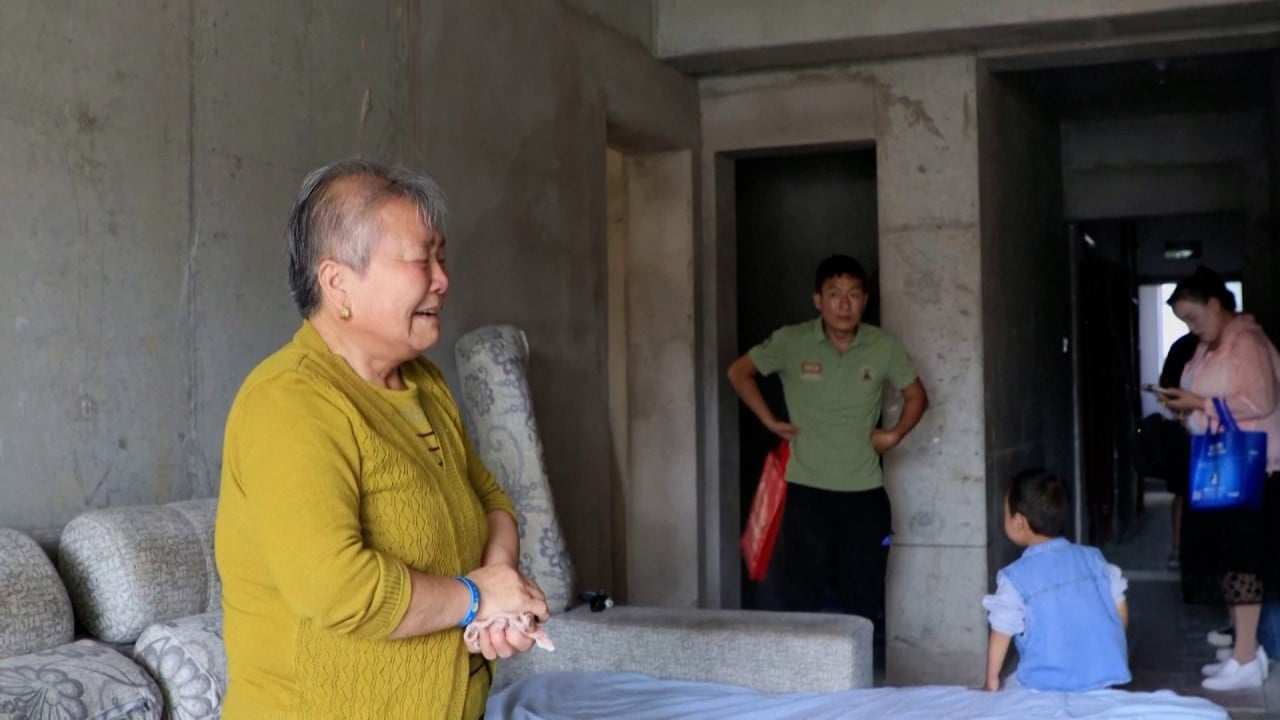
China debt crisis: 8 cases of financial misconduct flagged as Beijing names and shames regions, banks
- Local-level governments have amassed ‘hidden debt’ estimated at well over half of China’s annual GDP, and those that run afoul of rules are being called out
- Ministry of Finance says audits show state-owned banks also skirted regulations by lending to local governments and inflating their hidden debt piles
Since 2018, Beijing has stepped up its efforts to curb the unchecked growth of informal backchannels of borrowing – commonly known as hidden debt – but likely to its dismay, Ministry of Finance audits show that such debt has continued to rise.
Singling out local authorities and state banks across seven provinces, the Ministry of Finance on Monday flagged eight cases of misconduct in relation to hidden debts.
In one case, authorities at local levels of government in central Hubei province were found to have asked provincial-owned companies to provide the capital needed for construction projects in advance. The authorities vowed to repay the development costs by using land-sale revenue in due course. However, this is a big no-no, as national regulations bar regional officials from borrowing money from companies in the public sector, which is what those provincial-owned companies are in.
That case contributed to a combined 21.48 billion yuan (US$2.95 billion) in hidden debt from August 2018 to June 2021, according to a statement by the ministry.
‘Somebody has to eat the cost’: China’s monumental local debt challenge mounts
In another case in China’s northwest, the Shaanxi branch of the Agricultural Development Bank of China violated rules and regulations by offering loans and related services to local governments such as Huyi district, Yanliang district and Zhouzhi county in Xian, according to audits. The loans resulted in 1.276 billion yuan worth of hidden debt as of June 2021, the ministry said, adding that the bank branch was fined 500,000 yuan and relevant employees were reprimanded.
Finance authorities said that the eight cases “exposed the deviations in the performance of cadres in some places and units”, adding that weak discipline has impeded efforts in reducing debt.
“The Ministry of Finance will continue to implement a proactive fiscal policy, focus on improving efficiency, and better leverage the effectiveness of fiscal policy,” said Lan, who also acknowledged the heavy financial burden that local governments have faced in the aftermath of heavy rain, floods and typhoons this year.


